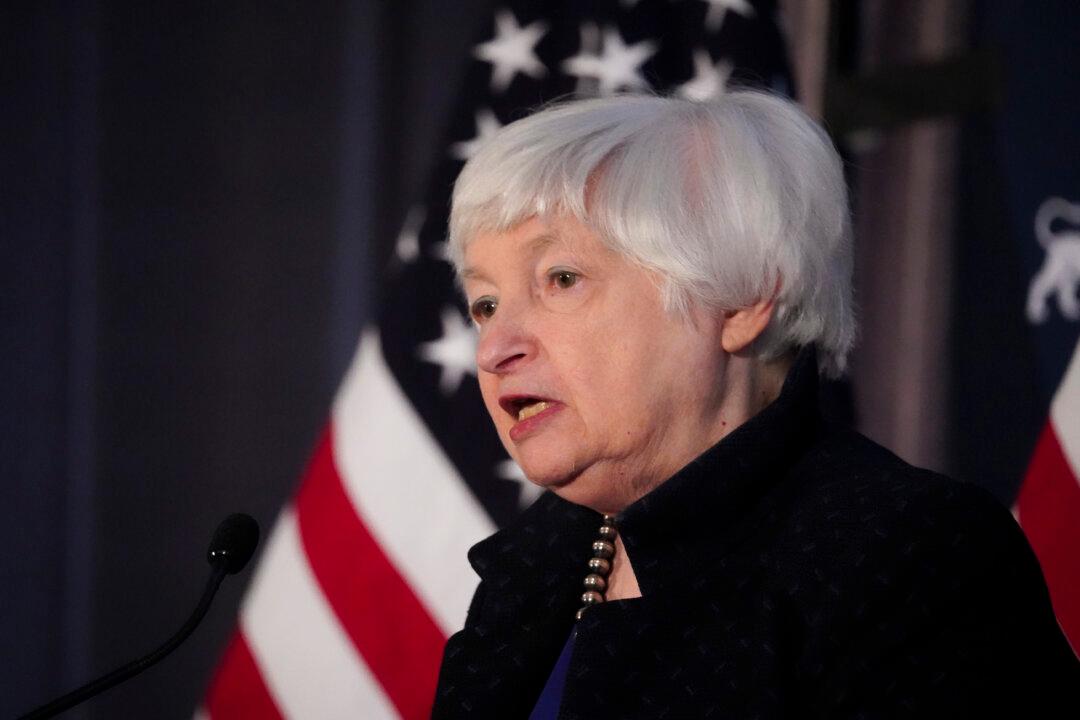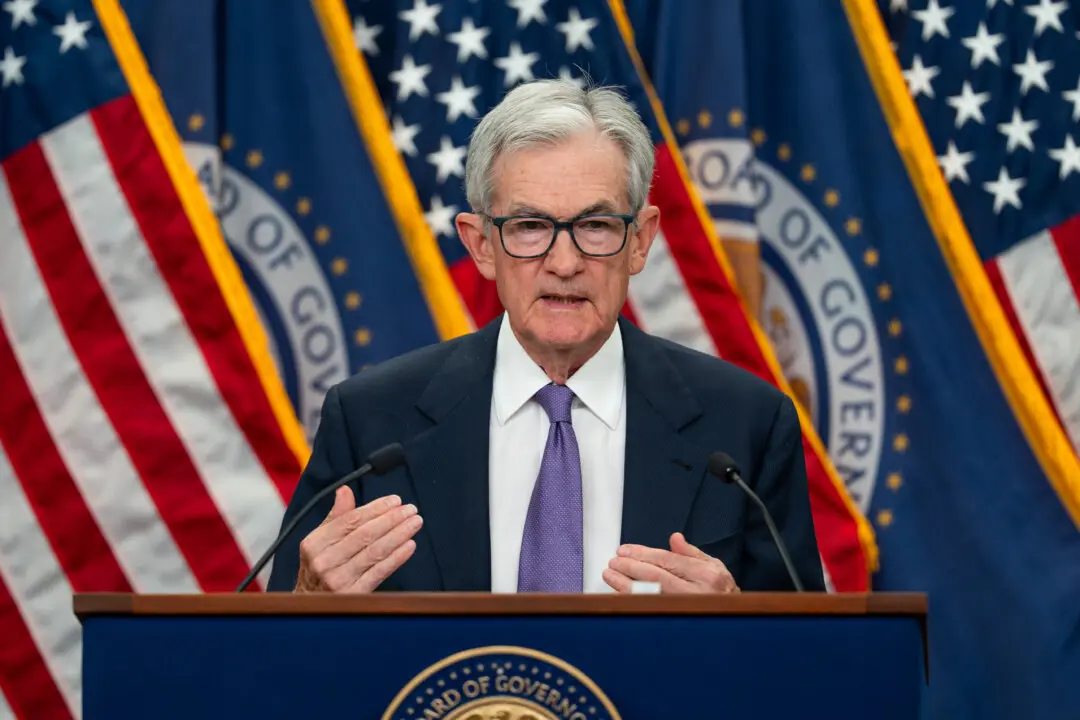Treasury Secretary Janet Yellen does not think the “last mile” of returning inflation to the Federal Reserve’s 2 percent objective will be harder, noting that price pressures are “certainly meaningfully coming down.”
While speaking at the Wall Street Journal CEO Council Summit in Washington, D.C., on Dec. 12, Ms. Yellen asserted that there is no cause for concern that inflation will not eventually meet the U.S. central bank’s mandate and targets.





